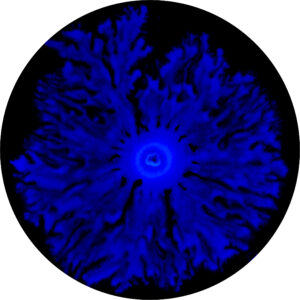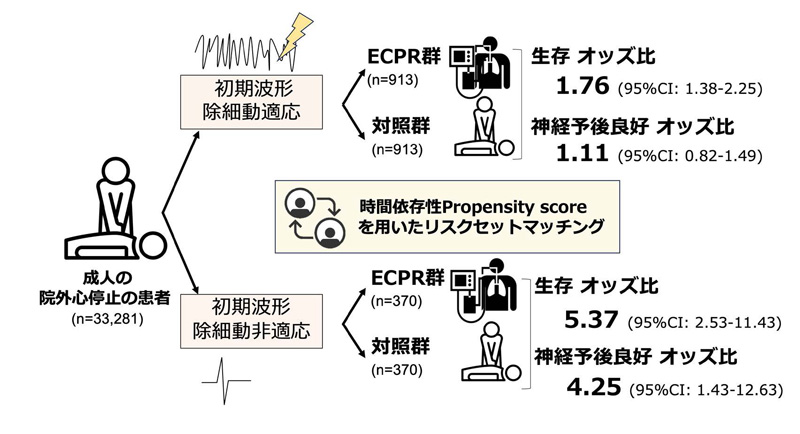2023-11-21 テキサス大学オースチン校(UT Austin)

Bacterial swarm on a laboratory plate. Image by The University of Texas at Austin.
◆低い鉄濃度では高い遊動性を示すバクテリアは、急速な移動の群れを形成し、鉄を求める一方で、高い鉄濃度では生物膜を形成する傾向があることが明らかになった。この発見は、感染症予防や抗生物質に対抗する新たな手法の可能性を提供しています。
<関連情報>
- https://news.utexas.edu/2023/11/21/bacteria-store-memories-and-pass-them-on-for-generations/
- https://www.pnas.org/doi/10.1073/pnas.2309082120
大腸菌の意思決定を可能にする遺伝性鉄記憶 A heritable iron memory enables decision-making in Escherichia coli
Souvik Bhattacharyya , Nabin Bhattarai, Dylan M. Pfannenstiel, Brady Wilkins, Abhyudai Singh , and Rasika M. Harshey
Proceedings of the National Academy of Sciences Published:November 21, 2023
DOI:https://doi.org/10.1073/pnas.2309082120
Significance
In humans, repeated encounters with a wide variety of stimuli can reactivate specific neurons to produce long-term memories. We report here a multigenerational memory in Escherichia coli swarming motility, where bacteria “remember” their swarming experience for several generations. We show unambiguously that the molecular basis of this memory is the levels of available cellular iron. The act of swarming “conditions” the cells with this memory. Given the central role of iron in cellular metabolism, an iron-based memory might offer the advantage of providing a hub connecting various stress responses such as antibiotic survival and biofilms.
Abstract
The importance of memory in bacterial decision-making is relatively unexplored. We show here that a prior experience of swarming is remembered when Escherichia coli encounters a new surface, improving its future swarming efficiency. We conducted >10,000 single-cell swarm assays to discover that cells store memory in the form of cellular iron levels. This “iron” memory preexists in planktonic cells, but the act of swarming reinforces it. A cell with low iron initiates swarming early and is a better swarmer, while the opposite is true for a cell with high iron. The swarming potential of a mother cell, which tracks with its iron memory, is passed down to its fourth-generation daughter cells. This memory is naturally lost by the seventh generation, but artificially manipulating iron levels allows it to persist much longer. A mathematical model with a time-delay component faithfully recreates the observed dynamic interconversions between different swarming potentials. We demonstrate that cellular iron levels also track with biofilm formation and antibiotic tolerance, suggesting that iron memory may impact other physiologies.


